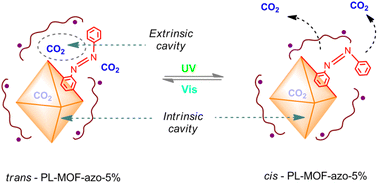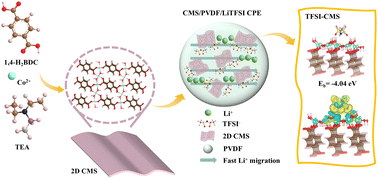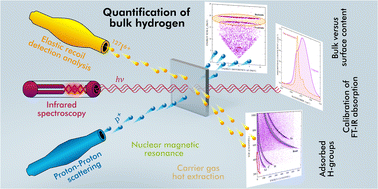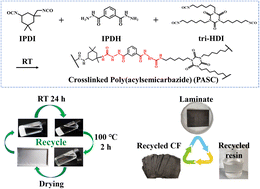J. Mater. Chem. A, 2023, 11,21300-21311
DOI: 10.1039/D3TA04110G, Paper
DOI: 10.1039/D3TA04110G, Paper
Nagore Barroso, Subhajit Dutta, Jacopo Andreo, Garikoitz Beobide, Oscar Castillo, Antonio Luque, Sonia Pérez-Yáñez, Stefan Wuttke
Guest-induced breathing mediated selective alcohol adsorption.
The content of this RSS Feed (c) The Royal Society of Chemistry
Guest-induced breathing mediated selective alcohol adsorption.
The content of this RSS Feed (c) The Royal Society of Chemistry

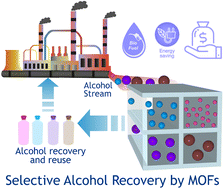

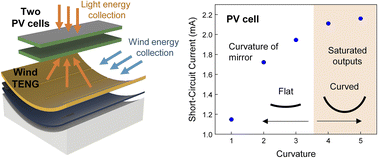

 Open Access
Open Access
